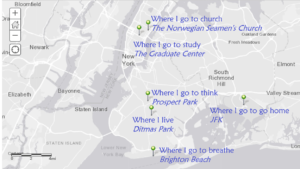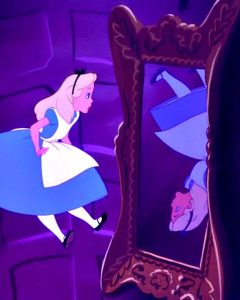We want you to know that we know who you are.
Mankind has always had the unfortunate and vile need to make distinctions between “desired” and “undesired” people, a deep-seated human aspect which throughout history has brought destruction upon many lives. This need to define ourselves, not based on what we are but on what we are not, has sometimes been given a physical expression in the form of visual identifying markers such as the yellow star of David required to be worn by Jews during the Second World War, to identity cards stating Hutu or Tutsi ethnicity during the lead up to the 1994 genocide in Rwanda. The 2010 “Support Our Law Enforcement and Safe Neighborhoods Act” of Arizona which required citizens of the to wear identity cards at all times is a more recent example of a state’s attempt to single out a specific group, in this case the Hispanic population. The law was partially stuck down by the Supreme Court but still allows law enforcement officers permission to check a motorist’s immigration status, opening up the argument that the law can be used as a tool for racial profiling.
Simone Browne’s writings, on how racializing surveillance can function as a tool to exercise social control over target populations, addresses both the history and the practical component of discriminatory factors, tracing such practices back to the era of American slavery. By describing different mechanisms of surveillance, the author details how a slave’s physical movement was controlled in the form of “a slave pass” which had to be produced upon request while operating outside of the plantation. Other measures existed in the form of slave patrols and publicized posters of runaway slaves which encouraged the vigilance of the everyday man. This practice acted as an invitation for communities to get involved as enforcers of social control. Efforts to control “undesired” people are still in place today and as described by the author, census questions, racial box ticking, and bio metrics are all part of the techniques used to get a grasp on who’s out there.
On another note…..I recently moved. I have not notified anyone nor renewed my driver’s license yet the other day I received a request to fill in a juror qualification questionnaire…..how’d they know where to find me………!








